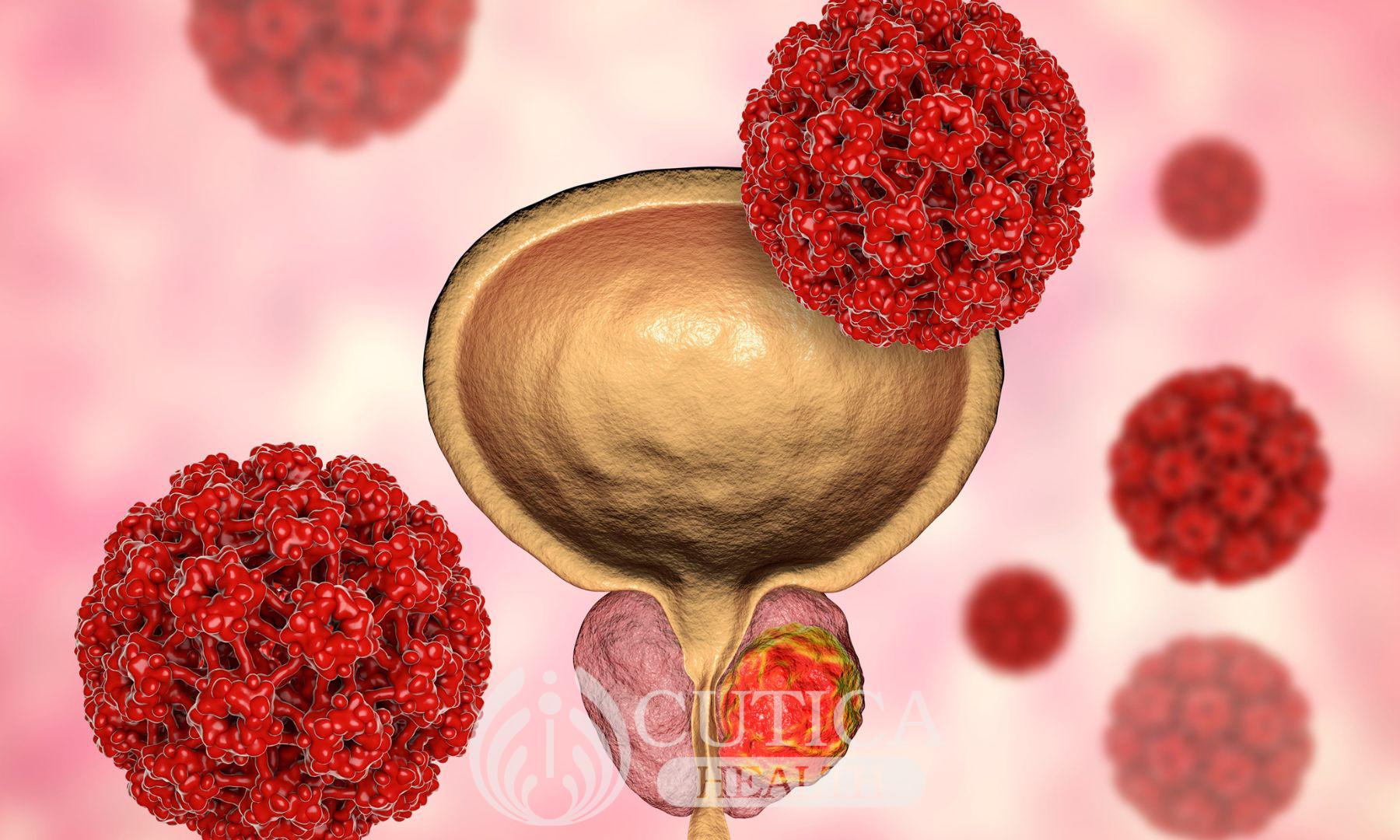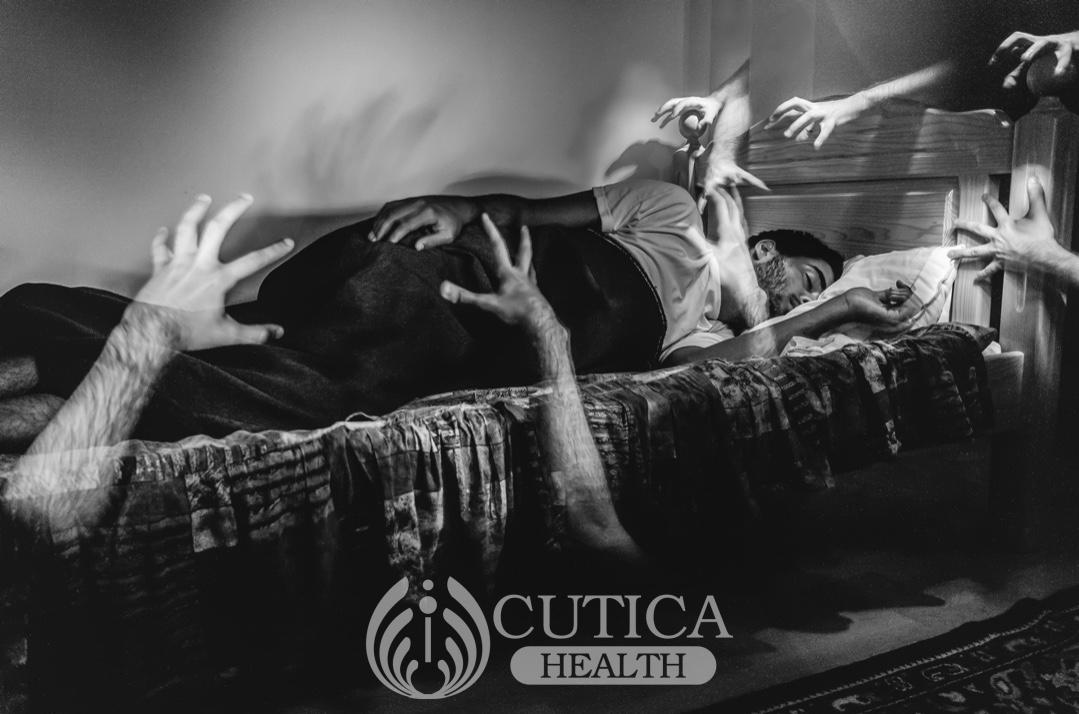
Did you know that nightmares and night terrors are two different things? If you didn't, you are not alone. Nightmares and night terrors are classified forms of sleep disorders characterized by negative experiences while trying to fall asleep or whole asleep.
Although nightmares and night terrors are both horrifying, they are different.
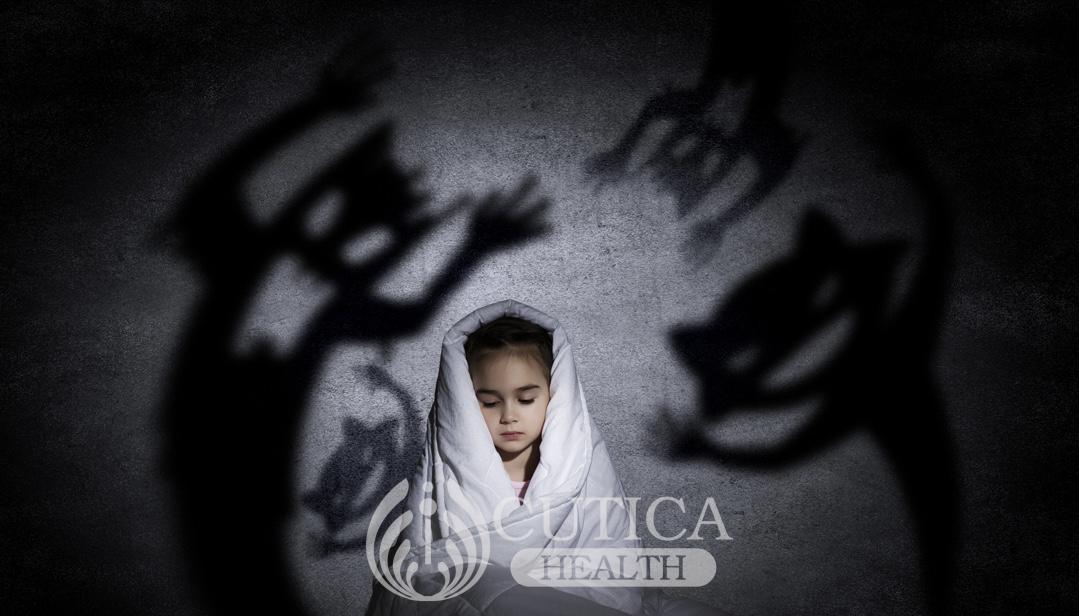
Here's what you should know about the two:
How is a nightmare different from a night terror?
A nightmare is a realistic and coherent dream filled with disturbing and scary events that usually terminates by waking up. People of all ages can have nightmares but they tend to occur more frequently during childhood. The person displays no vocal or physical signs during a nightmare.
On the other hand, night terrors are characterized by troubled movements such as flailing, jerking, and thrashing in addition to screaming and feelings of intense fear.
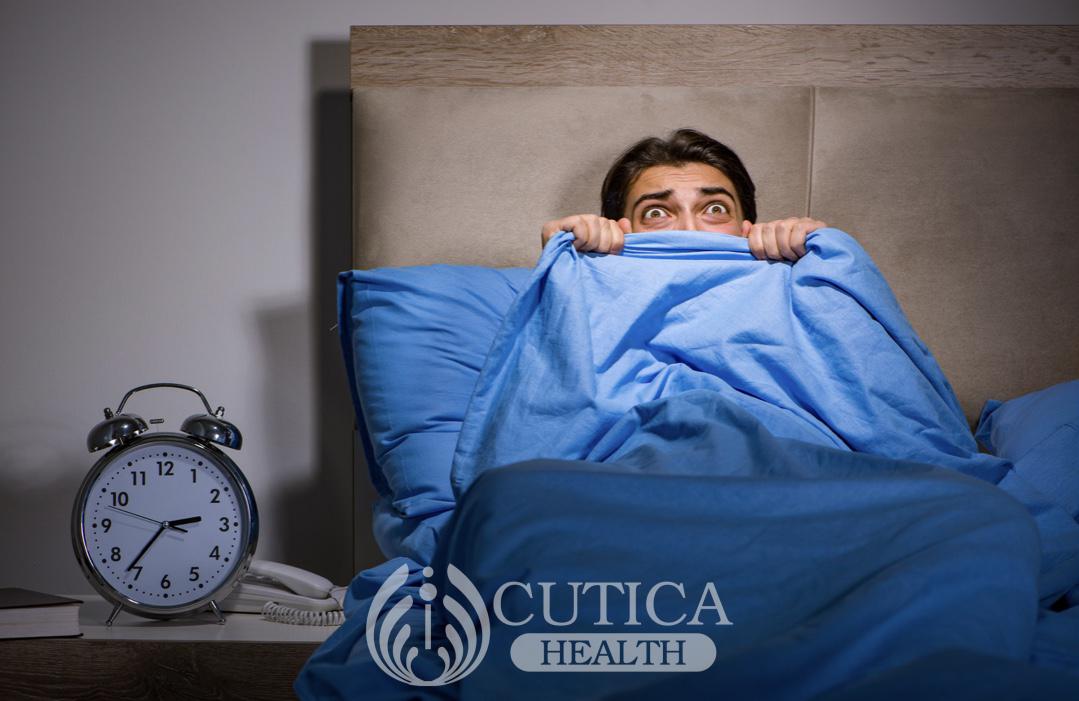
When do they take place?
Night terrors commonly take place during the first 3 hours of sleep. This phase of sleep comes with a lot of movement, with the person confused and disoriented when they wake up. While nightmares occur during the later, deeper stages of sleep; here, the person finds themselves unable to move, but can immediately identify where they are and what happened.
What causes these disorders?
While no individual cause has been pinpointed for any of these sleep disorders, research has shown possible causes include:
Nightmares
- Traumatic or scary events
- Emotional distress
- Certain medications such as Parkinson's disease medication and antidepressants
- Substance or alcohol abuse
- Underlying medical condition or other sleep disorder
Night terrors
- Family history: more likely to occur in people who have a parent or sibling dealing with night terrors.
- Childhood history of night terrors
- Having other sleep disorders such as obstructive sleep apnea, nocturnal asthma, and restless leg syndrome.
- Might be triggered by sleep deprivation, head injury, certain medications, substance and alcohol abuse, fever, separation anxiety, and emotional distress.
How are nightmares and night terrors treated?
Nightmares may cease once the cause is removed, such as stopping the use of certain medication or once the memory of traumatic events have faded. For night terrors, children who experience it may outgrow it and require no treatment.
For chronic cases, it may be treated by
- Treating any underlying illness or disease
- Creating a bedtime routine
- Practicing sleep hygiene: this involves acts like keeping electronic devices away from bed, only lying when it's time to sleep, etc.
- Medications such as sedatives and antidepressants
- Keeping a sleep diary: a record of your sleep habits and patterns
- Therapy
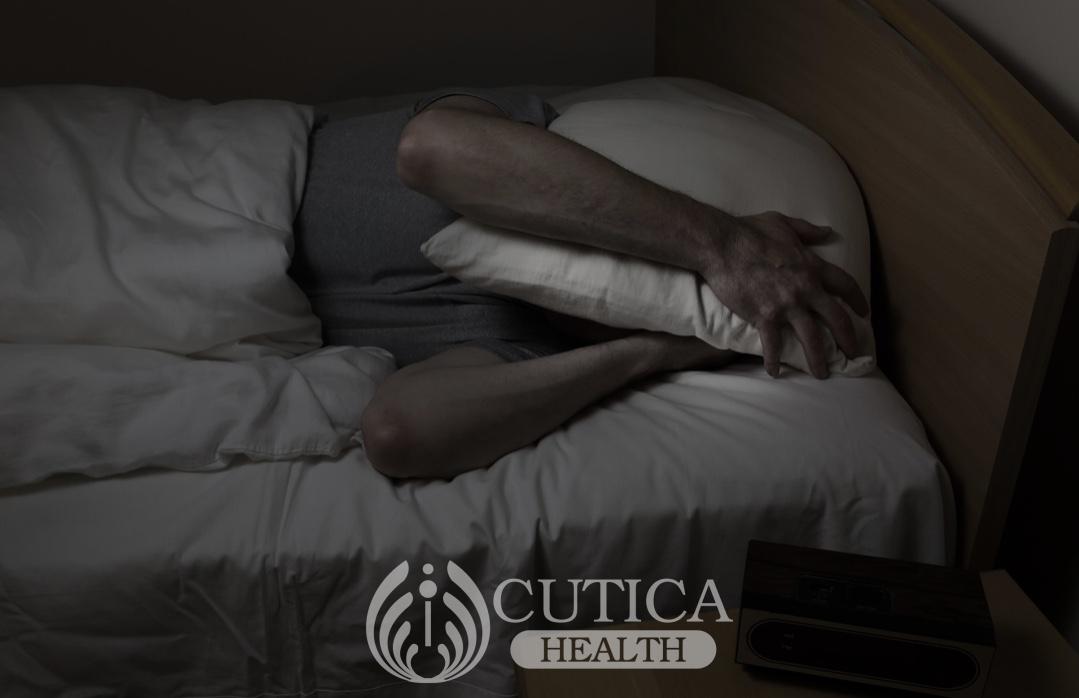
CONCLUSION
Nightmares and night terrors are very similar but different sleep disorders. While nightmares are characterized by scary dreams with no physical movements, night terrors are more agitated, with both vocal and physical signs.
Understanding the signs of each disorder will help you identify how best to treat and manage the condition. Always seek the advice of a medical professional to get a good diagnosis and treatment advice.






